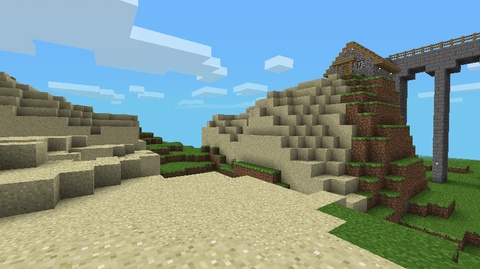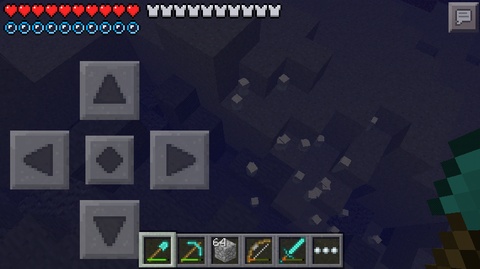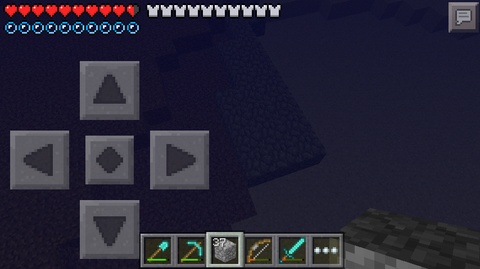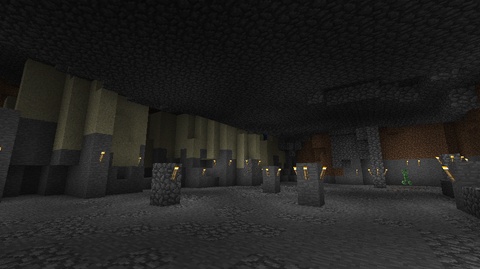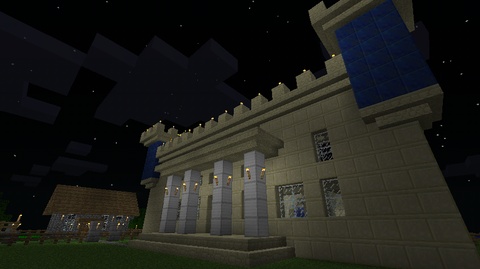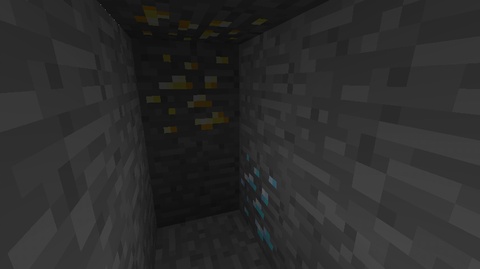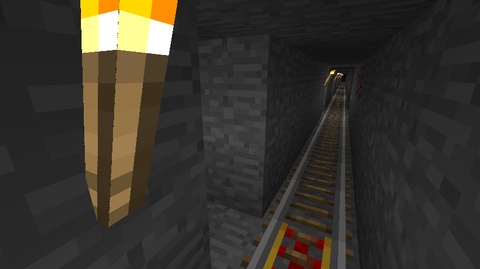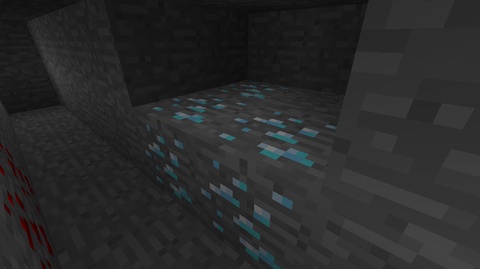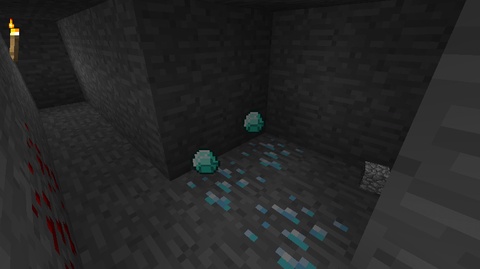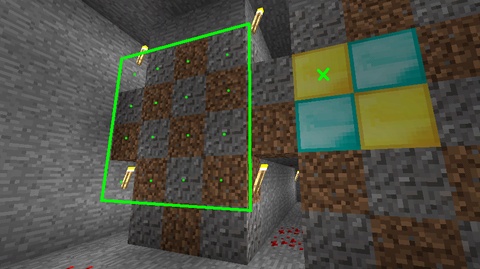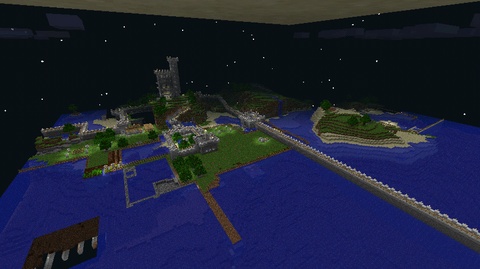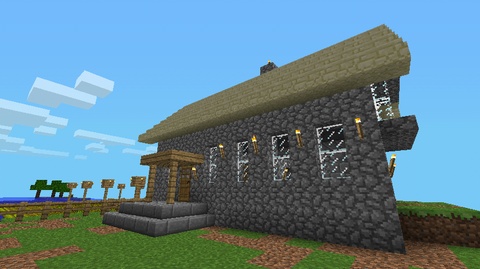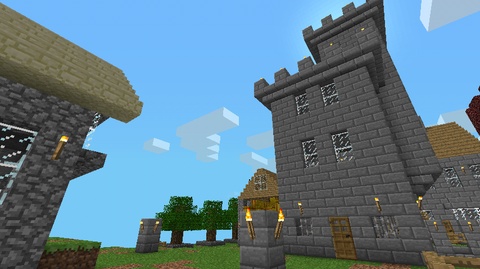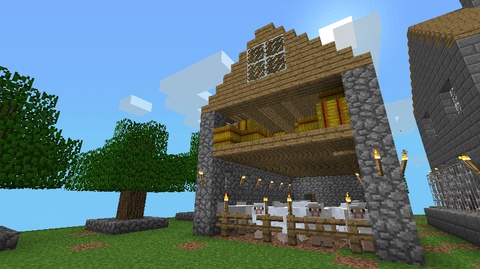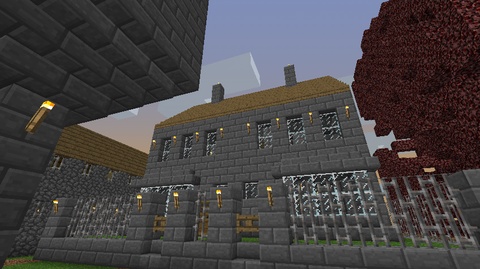You might think that sand is hardly such a scarce resource it needs a guide to extracting it. And on top of that, why would you want so much of it anyway? I’ll deal with the second question later, but first: Why might sand be hard to get hold of?
You may well live in a world with great hills made of sand, in which case of course you just get busy with a shovel. It does tend to scar the landscape rather horribly, but as in the screenshot above you can place soil over the top when you’ve mined out all the sand, and eventually the grass will grow green in that valley once more.
But I’m currently playing in a world with the notorious “detailed” seed, where the land area is practically non-existent. So, I mine sand from the sea bed. That’s not difficult when the water is reasonably shallow, but in the ocean deeps things are tougher. It takes so long to sink to the bottom that you don’t have time to collect what you’ve dug out before resurfacing, and you end with a mess of scattered bits and bobs like you see above. You can try and organise yourself so that you dig for a while, then collect for a while, but it’s still a pain, especially considering the ragged mess of stony potholes the seabed soon becomes.
This is my solution: seal off the seabed with stone, then mine it from below. Grab plenty of stacks of that cobblestone you’ve been hoarding, find an area of underwater sand, and place a layer one cube thick on top of the sand, as you can see below. It’s still quite time-consuming, but it doesn’t seem as bad as the traditional method.
Where the seabed is uneven make sure you cover any blocks of sand visible from the side as well, and be especially careful not to leave any gaps or “bubbles” of water in the stonework or they’ll cause havoc later. Once you’ve done that, dig a mineshaft 16 blocks deep in the direction of the sandbank until you find it. Then it’s just a matter of digging the stuff out with shovel and pick.
Above you can see what a large sand mine ends up looking like. Note the uninvited visitor in the background. It seems impossible to keep underground quarries illuminated well enough to stop monsters spawning, but they’re not such a bad problem in practice.
If you accidentally breach the sea bed and water starts pouring in, don’t panic. All you need to do is place a single block of cobblestone on the floor and stand on it while you fill the hole in the ceiling. It’s high enough to keep you out of the floodwater as long as it’s not pouring from directly above you.
So why do I want such mountains of sand anyway? I happen to think buildings made out of sandstone look rather nice, at least compared to the other blocks available in the game. Combined with that, I have a problem with a sort of inadvertent megalomania. I’ll have an idea for a building that appeals, and start constructing a fairly modest structure. But ideas for expansion come thick and fast, and the plans expand to vast proportions with a consequent insatiable demand for raw materials.
The “Palace of Light” you see here is my latest project. It started as a small pool with a fountain, with sandstone archways surrounding it. A cool and shady place to relax on a summer’s day perhaps. But it just kept growing, and was only forced to stop to avoid flattening my humble abode you see next to it. The frontage isn’t enormous, but it extends backwards to nearly twice the distance. You can still see the original fountain through the window. What will I use it for? Nothing, probably. The giant structure out of sight behind me when I took the picture, also of sandstone, and of which possibly more another time, I use for keeping pigs in.
